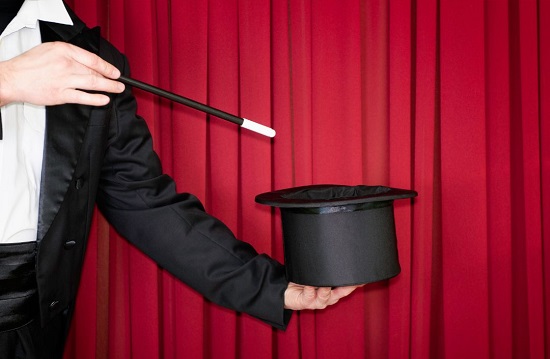If you’re a cannabis consumer, you may be in the game to simply enjoy the chilling effects of marijuana.
On the other hand, if you’re a hard-core student of the plant, you might be the sort who gets high on having a deeper understanding of the chemical makeup of the plant.
Some members of the latter group swear by the magical effects of myrcene. Others, though, are not so sure.
What Is Myrcene?
Let’s get scientific, for a moment.
Myrcene is one of many terpenes that may be found in the cannabis plant. Terpenes are a major component of the essential oils in cannabis and are what make up the aroma characteristics. They work in tandem with cannabinoids to create certain effects.
This terpene gets its name from a Brazilian shrub, Myrcia sphaerocarpa. The indigenous Brazilian people relied on this shrub for many of their folk remedies.
Classified as a monoterpene, myrcene is among the smallest and simplest of the terpenes. Along with some cannabis strains, it’s found in high amounts in hops, sweet basil, and mango.
Myrcene Is Far From Rare
In fact, in today’s commercial cannabis strains, myrcene is the most abundant terpene. On average, modern myrcene makes up over 20% of the terpene profile in modern strains – although it should be noted that individual samples do vary dramatically in terpene content.
Myrcene is often the most dominant terpene in commercial flower as well. Head to a dispensary in a legal state and choose a flower product at random. Around 40% of the time, it will be myrcene-dominant.
What Are the Effects of Myrcene
Myrcene may be commonly found in commercial cannabis strains because some research suggests its ability to allow more absorption of cannabinoids across the blood-brain barrier. And because of the myrcene content in mangos, there was a belief for a while that eating them before consuming cannabis would make you higher. But there’s no significant research to back this up.
There is also some speculation that myrcene could help with sleep. Folk medicine has relied on the terpene in herbal medicines as a sleep aid for a long time. In Mexico, tea infused with lemongrass (which is also high in myrcene) is used as a sedative and muscle relaxant. And it’s not uncommon for Germans to use myrcene-rich hops preparations as a sleep aid.
Furthermore, Brazilian folk medicine also incorporates the myrcene in lemongrass to relieve anxiety and pain. The belief is that myrcene increases the opioid chemicals in the brain and spinal cord.
That said, as is the case with so much in this still nascent industry, there is little research on cannabis, and myrcene specifically, that demonstrates sedative or pain-relieving properties. Centuries of folk medicine can’t be all wrong though…
Stay Tuned
The effects of myrcene have been speculated about for years but, as of now, are mostly unsubstantiated. Still, the terpene does show promise. And as more research is allowed, you might be hearing more about it.
Speaking of ‘hearing about,’ if you have a cannabis business that you feel isn’t getting the attention it needs, it could be time to take a second look at your cannabis marketing and public relations strategies.
Contact us today to find out how we can put our many years of expertise to work for you.
